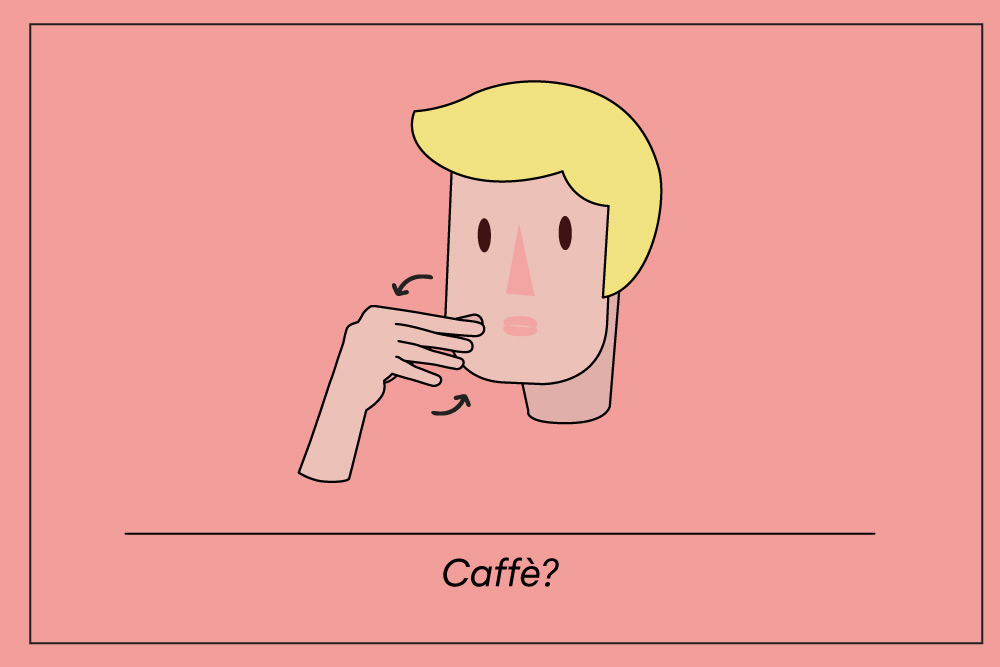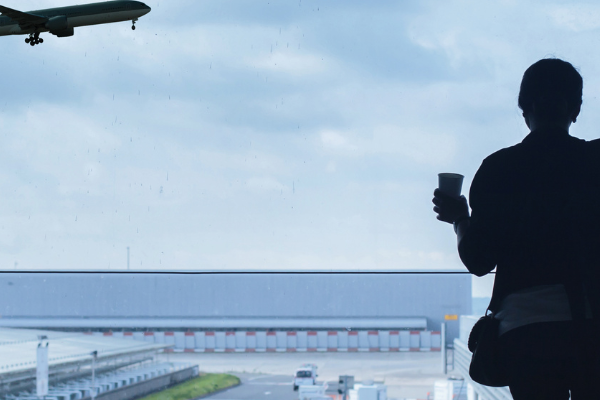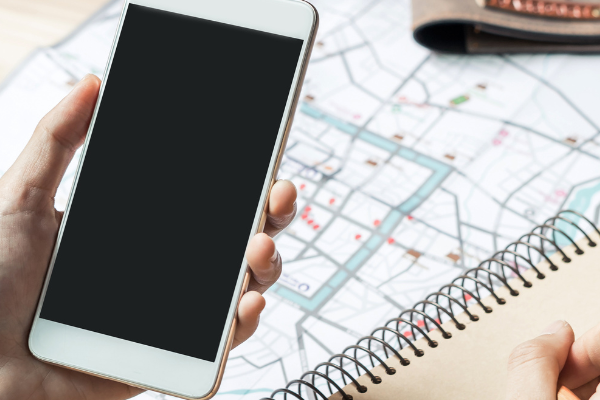We’re sure we don’t need to tell you about the tough circumstances our Italian colleagues and friends are having to face. At ESL we are firm believers in sticking together through hard times and celebrating each other’s strength. In Italy’s case, these strong points abound – proof of their sense of community and civic duty has been shared extensively and we hope we can all take example.
In celebration of one of the many fantastic aspects of Italian culture, here’s a simple guide on how to communicate effectively with your hands while in Italy.
So, if you’re planning a trip to Italy or you simply want to understand what your Italian friends are saying with those hands of theirs, we’ve made it simple for you with a list of six very common Italian hand gestures:
What the hell…?
This is the star of Italian hand gestures and the most famous all over the world – but it’s also the most misused! Just like any other Italian gesture, your accompanying facial expression is essential to show what you actually mean when you’re using your hands. Putting your fingers together and moving them up and down can mean things like “What the hell are you doing/saying?” or “What’s going on??”, or simply “What the hell?”. It usually has a slightly negative connotation – and you’ll have to show that on your face too!

I don’t give a damn!
As you might imagine, the chin flick is very common among kids, but it’s not just restricted to the younger crowd! It looks a bit like an insult, but it isn’t – it simply means “I don’t care/I don’t give a damn”. For the meaning of the gesture to be more effective, your mouth has to do a little reverse smile. Your mum tells you off? Chin flick. Your friends want to do something you don’t want to do? Chin flick. We don’t recommend using it with your teacher, though…

So scary!
For this one, you’ll have to put your fingers together and then open them again, and repeat fast. You can use it in a wide range of situations, that go from “The movie was so scary!” to “You’re afraid, aren’t you?”. The concept is fear, it doesn’t matter what causes it. The ‘scared’ facial expression here depends on the context and on how serious the matter is.

How boring!
This is one of those Italian hand gestures where facial expression is extremely important! First of all, roll your eyes and inflate your cheeks. Now you can cup your hands as if you had an imaginary ball in each one, and move them up and down. This, for an Italian, is the maximum expression of boredom, and you can also combine it with the sentence: “Che palle!” (yes, ‘palle’ means ‘balls’). Again, not recommended with your teacher…

Watch out!
This is pretty straight-forward. While you point to your eye, you can also say “Occhio!”, which literally means “Eye!” but basically means “Watch out/be careful/keep your eyes open!”. You can do it to your friend who’s on the other side of the road and is about to cross, or to your little brother who’s running around the playground without paying attention to the other kids. It usually requires a serious facial expression, to make sure the gravity of the situation is clear to the other person.

Coffee, please!
Last but not least…our favourite! In Italy, coffee is a (very quick) ritual. You go to the bar, ask for an espresso, drink it in one or two sips, leave 1 euro, and go. The whole thing takes maximum 3 minutes! Caffè espresso is very strong, that’s why it’s served in such a small cup. It’s also a very social moment and an excuse to take a break: usually it happens in the morning, after lunch and in the afternoon. If you’re at the office and want to tell your colleague “Let’s get a coffee later!”, this sneaky Italian gesture is just what you need; but you can also use it at the restaurant to ask the waiter to bring you a coffee after your meal.

Remember: you won’t be fluent in Italian until you also learn Italian hand gestures! Once you’re familiar with the main ones, you’ll be able to have a full conversation with your hands – and you’ll finally be able to understand your Italian friends!
Here’s to many trips to beautiful Italy and many more lessons to be learned from this impressive nation! Forza Italia! #andràtuttobene



